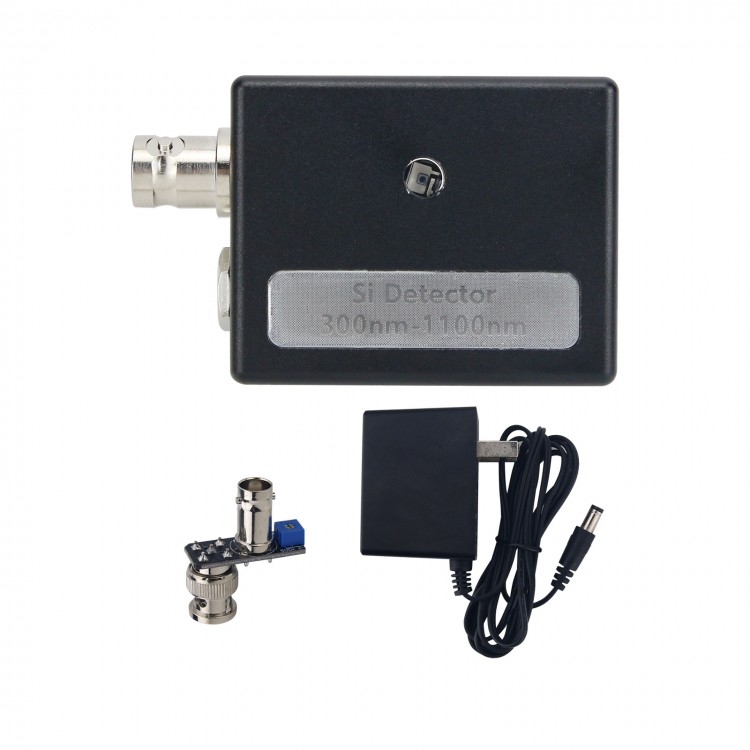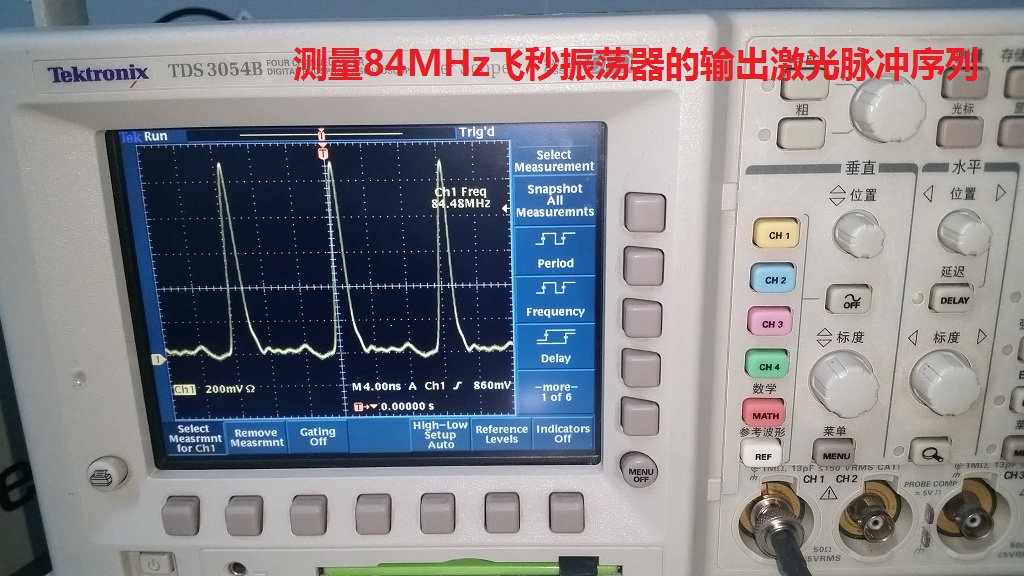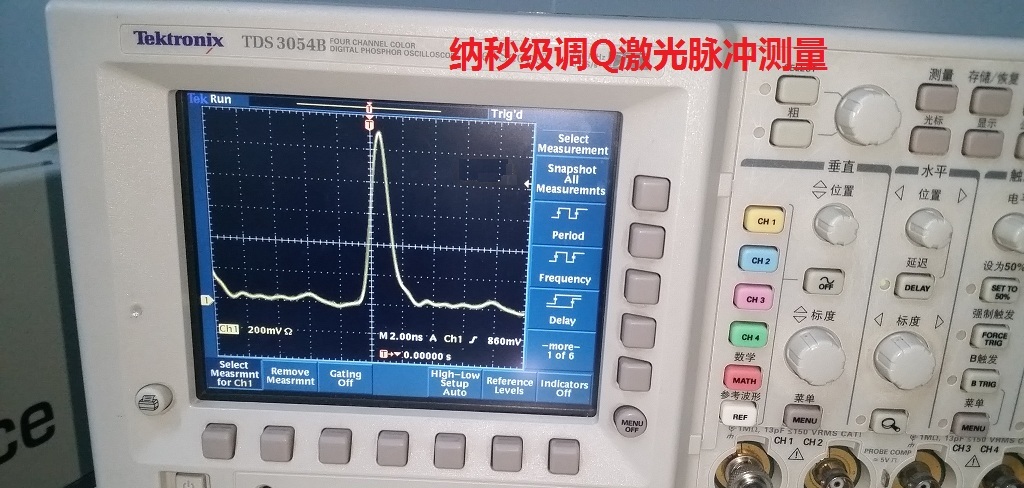
| Quantity | 3+ units | 10+ units | 30+ units | 50+ units | More |
|---|---|---|---|---|---|
| Price /Unit | $113.47 | $111.16 | $107.68 | $103.05 | Contact US |
 High Precision 17-340Nm Torque Tester Digital Display Torque Meter Support Peak/Track Mode Switch
$33.33
High Precision 17-340Nm Torque Tester Digital Display Torque Meter Support Peak/Track Mode Switch
$33.33
 High Precision 10-200Nm Torque Tester Digital Display Torque Meter Support Peak/Track Mode Switch
$30.22
High Precision 10-200Nm Torque Tester Digital Display Torque Meter Support Peak/Track Mode Switch
$30.22
 High Precision 1.5-30Nm Torque Tester Digital Display Torque Meter Support Peak/Track Mode Switch
$30.22
High Precision 1.5-30Nm Torque Tester Digital Display Torque Meter Support Peak/Track Mode Switch
$30.22
Specification:
- Wavelength response range: 300nm ~ 1100nm
- The detector is made of silicon, and the photosensitive diameter of the probe is less than 0.5mm. The default is free space light entering the probe; If necessary, FC flange can be pasted in front of the probe, so that the user can directly access the detector with optical fiber. Please explain in advance when purchasing. Please note FC flange not included
- Cut off frequency: > 1GHz
- rising edge: < 300ps, falling edge: < 500ps
- Output voltage range: 0-12v (when 12V voltage is supplied)
- Power supply voltage 9 ~ 24VDC
- can be used to detect femtosecond or picosecond ultra fast pulse laser, nanosecond laser pulse and US or MS quasi continuous laser, and can also be used to directly detect the intensity of continuous laser or non laser light source
Note:
The internal output impedance of the detector is 1m ohm. If users need to obtain appropriate response speed, they must connect appropriate resistors in parallel at the output end. If the detector wants to give full play to the maximum response frequency, its output terminal must be connected in parallel with a resistance of 50 ohm - 100 ohm (generally, 50 ohm terminals can be connected in parallel, and the oscilloscope with bandwidth greater than or equal to 300MHz also has a 50 ohm impedance selection).
The smaller the resistance in parallel at the output, the higher the peak power of the incident optical signal is required, otherwise the lower the output voltage will be. Users need to find a balance between bandwidth and voltage. Generally speaking, the detection pulse width is hundreds of nanosecond, picosecond or femtosecond laser pulses, and the output end of the detector needs to be connected in parallel with a 50 ohm - 100 ohm resistance; If the detector has a 500us to 500ns laser pulse, the detector output needs a 1k-10k ohm resistor in parallel; If the laser pulse of hundreds of ms-500us is detected, the output end of the detector needs to be connected in parallel with a resistance of 10k-100k ohm; If the detection is greater than 500ms or continuous laser, the output end of the detector does not need to be connected in parallel. However, if the output voltage is high, or in order to eliminate the influence of natural light, 100k resistor or potentiometer can be connected in parallel, which can reduce the external noise and limit the amplitude of the output voltage.
Package list:
- 1 x Photodiode Detector
- 1 x 12V power adapter

